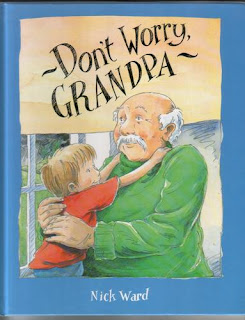English Language and Literacy
MINI-TEST
What are the four que systems?
Semantics, syntax/grammar, graphophonic, graphological, pictorial
What are the four roles of the reader?
§ Text Analysis - Critique, bias from point of view
§ Text User - Relate the text to their lives, function of the text, what do i do with the text, identify text types and use according or purpose
§ Code Breaker - Letters and sounds, structure, punctuation, phonics
§ Text Participant - Readers need to understand the text, know what the author is telling you
- All these are necessary but none are sufficient by themselves -
What are the teaching strategies for reading?
§ Shared
§ Guided
§ Independent
Three main focuses in an effective reading program (Winch, pg. 198)
§ Texts
§ Reading cues or sources of information
§ Reading practices or roles of the reader.
Guided Reading
§ A thinking, problem solving approach to reading
§ Talking, thinking and reading
§ Students learn how to become code breakers, text participants, text users and text analysts.
§ Use the question WHY? why did the author do this, why do the characters
§ Have a particular group of kids in mind when framing the question - match the learning needs to the particular group of kids.
Guided Reading Lesson - Mythical Creatures, written by Tracey Michele
The guided reading will be for a Year 4/5 with moderate reading ability. Read the whole book
What will these book be about? What is mythical?
Does anyone recognise the mythical creatures on the front cover?
Looking at the contents page, how many creatures are there and what are they?
Do you think the writer is being fair in telling us about this topic?
After reading about each creature - Where is the mythical creature located? What does located mean? What are some of the characteristics? What are characteristics






















